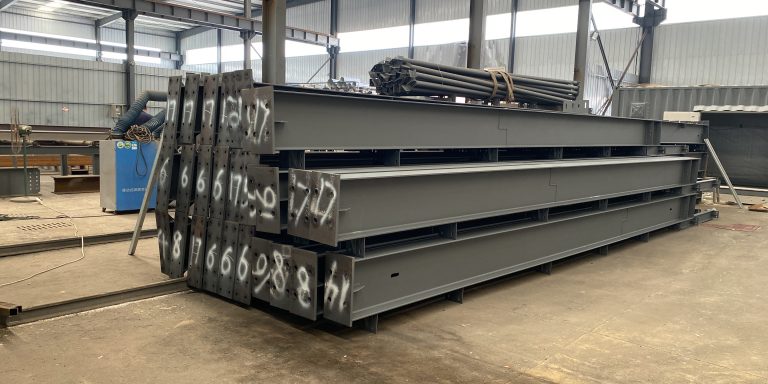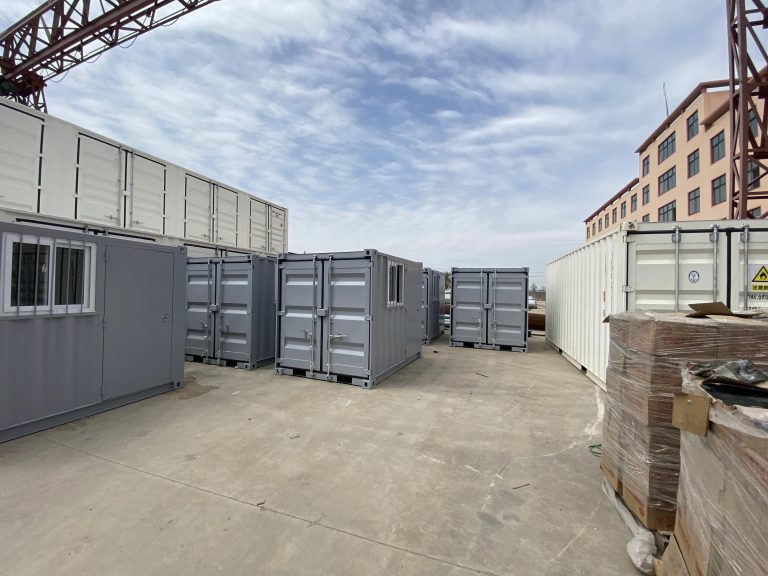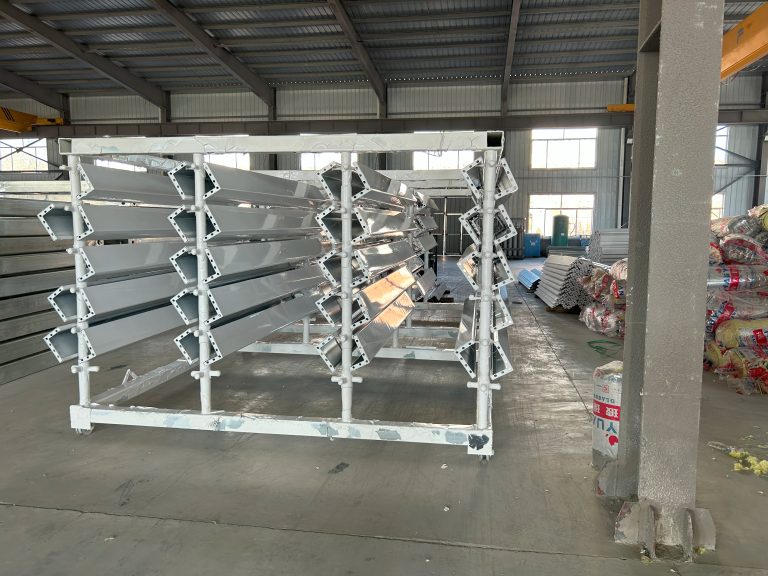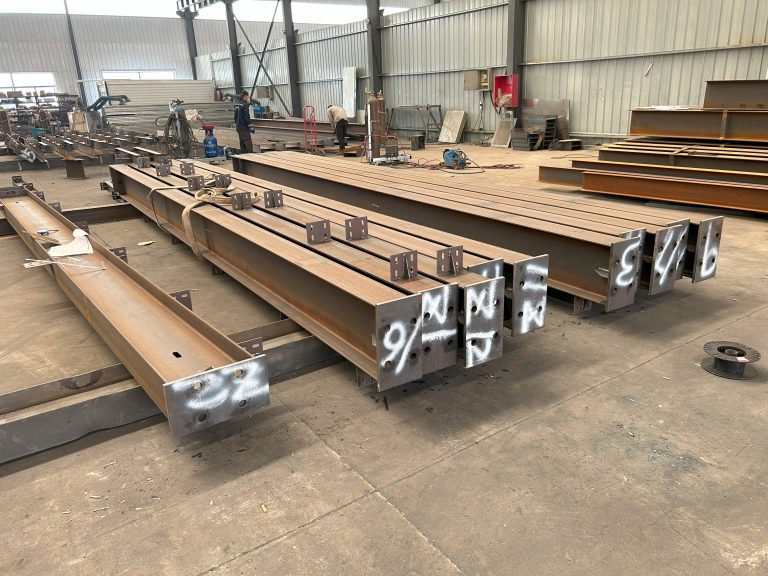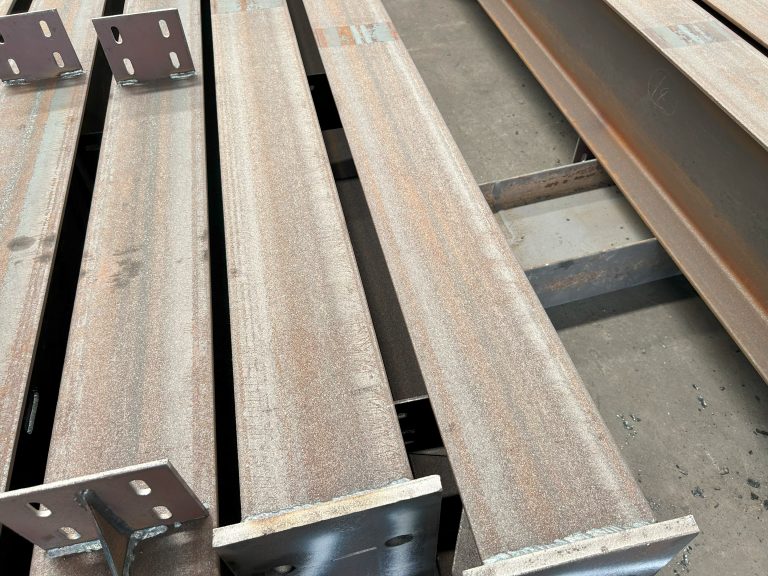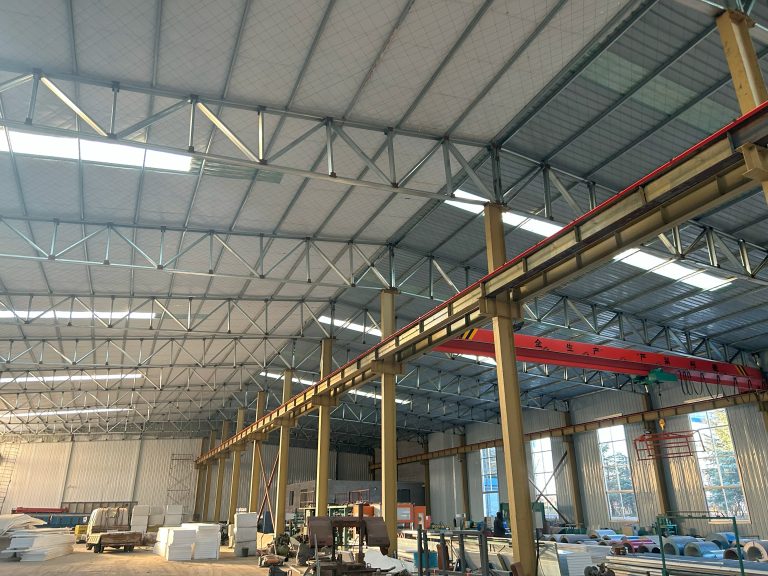Application of steel structure in modular building system
Table of Contents
Benefits of Using Steel Structure in Modular Building Systems
Steel structures have long been a popular choice for construction due to their durability, strength, and versatility. When it comes to modular building systems, the application of steel structures offers a wide range of benefits that make them an ideal choice for various construction projects.
One of the key advantages of using steel structures in modular building systems is their strength-to-weight ratio. Steel is known for its high strength, which allows for the construction of buildings that can withstand extreme weather conditions and natural disasters. This strength also means that steel structures can support heavier loads, making them suitable for a wide range of applications.
In addition to their strength, steel structures are also highly durable and resistant to corrosion. This makes them an excellent choice for modular building systems, as they can withstand the test of time and require minimal maintenance. Steel structures are also fire-resistant, which adds an extra layer of safety to any building constructed with them.
Another benefit of using steel structures in modular building systems is their versatility. Steel can be easily fabricated into various shapes and sizes, allowing for the creation of custom-designed buildings that meet specific requirements. This flexibility makes steel structures a popular choice for architects and designers looking to create unique and innovative structures.
Steel structures are also quick and easy to assemble, which can significantly reduce construction time and costs. Modular building systems that incorporate steel structures are prefabricated off-site and then assembled on-site, allowing for faster construction and minimal disruption to the surrounding area. This makes steel structures an ideal choice for projects that require quick turnaround times.
Furthermore, steel structures are environmentally friendly and sustainable. Steel is a recyclable material, which means that it can be reused and repurposed at the end of its life cycle. This makes steel structures a more sustainable choice compared to traditional building materials, such as concrete and wood.
In conclusion, the application of steel structures in modular building systems offers a wide range of benefits that make them an ideal choice for various construction projects. From their strength and durability to their versatility and sustainability, steel structures provide a solid foundation for creating innovative and efficient buildings. Whether it’s a residential, commercial, or industrial project, steel structures can help to create durable, safe, and environmentally friendly structures that stand the test of time.
Design Considerations for Steel Structure in Modular Construction
Steel structures have long been a popular choice in construction due to their durability, strength, and versatility. In recent years, the use of steel structures in modular building systems has gained traction as a cost-effective and efficient solution for various construction projects. This article will explore the application of steel structures in modular construction and discuss key design considerations that need to be taken into account when using steel in this context.
One of the main advantages of using steel structures in modular construction is their ability to be prefabricated off-site and then assembled on-site. This can significantly reduce construction time and costs, as well as minimize disruption to the surrounding environment. Additionally, steel structures are lightweight compared to traditional building materials, making them easier to transport and install.
When designing a steel structure for a modular building system, it is important to consider the overall layout and design of the building. The structural integrity of the steel components must be carefully evaluated to ensure that they can support the weight of the building and withstand external forces such as wind and seismic activity. Additionally, the connections between steel components must be carefully designed to ensure stability and prevent any potential issues with the structure.
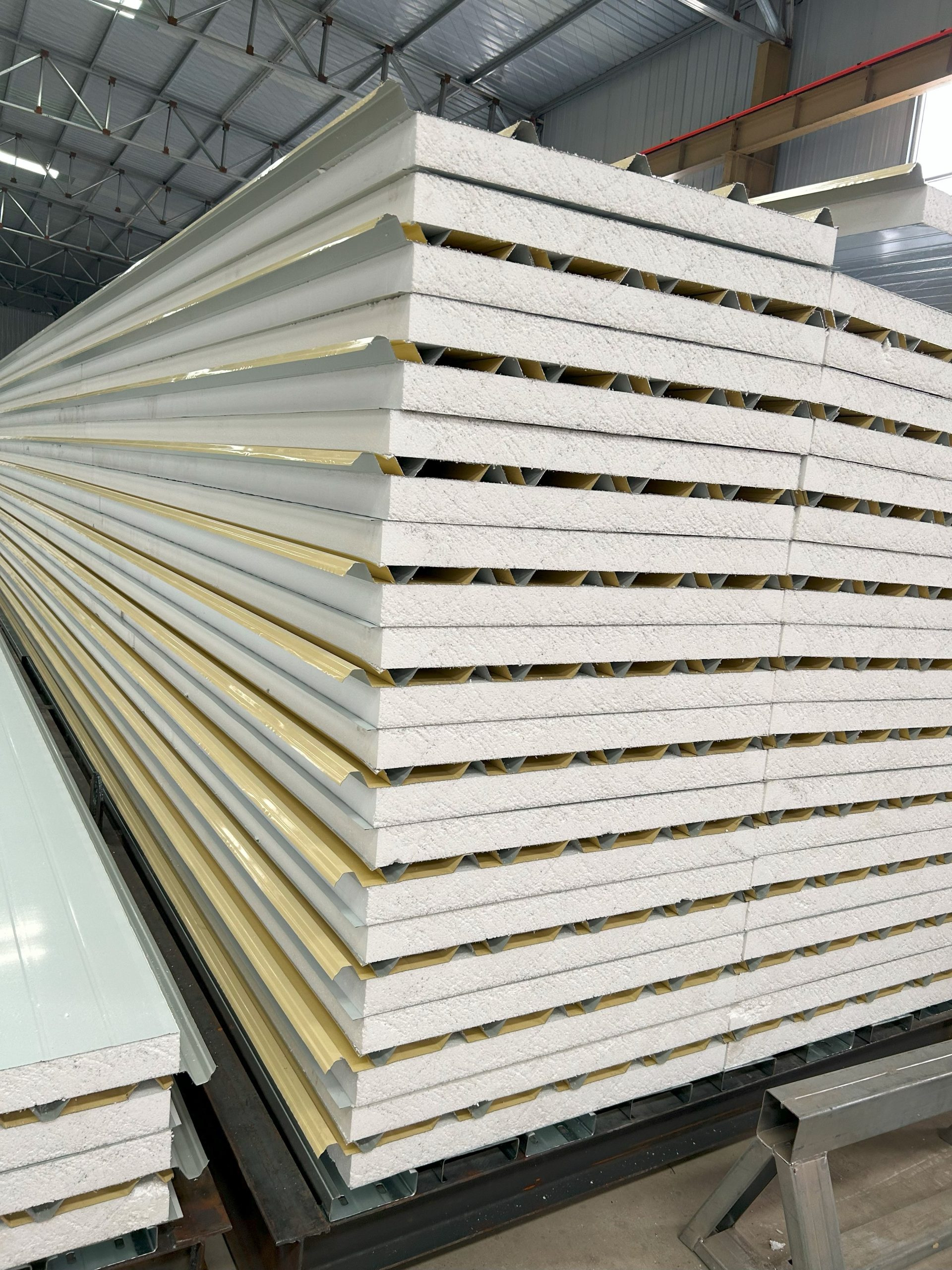
Another key consideration when using steel structures in modular construction is the need for proper insulation and fire protection. Steel has a high thermal conductivity, which means that without proper insulation, buildings constructed with steel structures can be prone to heat loss and gain. To address this issue, insulation materials can be added to the steel structure to improve energy efficiency and create a comfortable indoor environment.
In terms of fire protection, steel structures are inherently fire-resistant, but additional measures may be necessary to meet building code requirements. Fire-resistant coatings can be applied to steel components to enhance their fire resistance and prevent the spread of flames in the event of a fire. Additionally, fire barriers can be installed to compartmentalize the building and prevent the spread of fire between different areas.
When designing a steel structure for a modular building system, it is also important to consider the aesthetic appeal of the building. Steel structures offer a sleek and modern look that can be customized to suit the design preferences of the client. Various finishes and coatings can be applied to steel components to enhance their appearance and protect them from corrosion and weathering.
In conclusion, the application of steel structures in modular construction offers numerous benefits, including cost savings, efficiency, and durability. However, careful consideration must be given to the design of the steel structure to ensure that it meets the structural, thermal, and fire protection requirements of the building. By taking these factors into account, architects and engineers can create innovative and sustainable buildings that are both functional and visually appealing.

